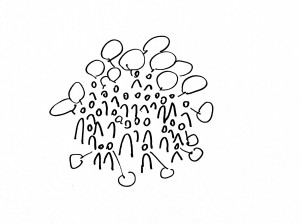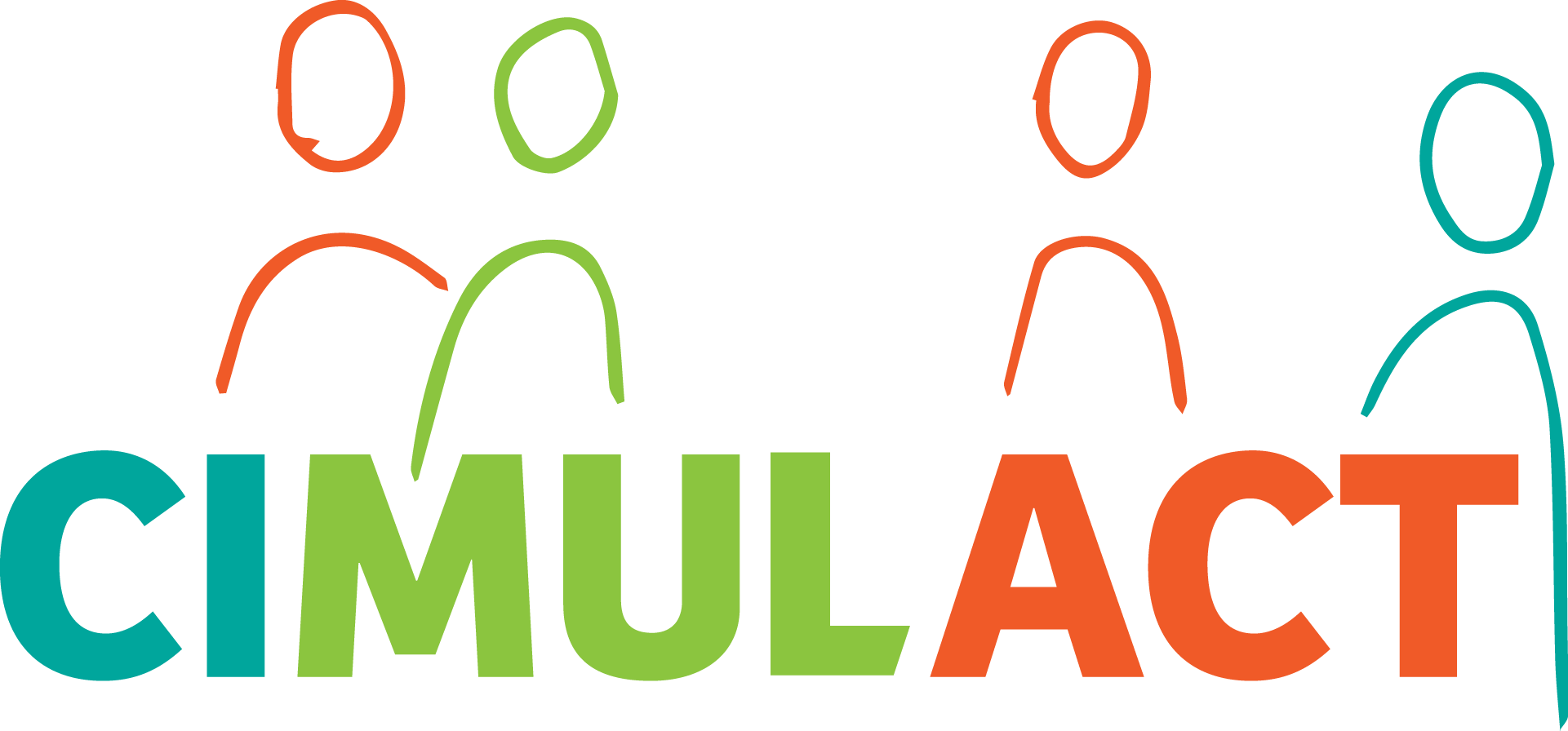 In CIMULACT we have taken into account the long established insight that participation should be optimized at local level. Citizens are experts of everyday life in their local environment and they provide insight to challenges of the daily life in a reflexive process in their own country. This specific knowledge could not be harnessed if we would start with an international participatory process far from local environment with citizens from other EU countries. This is why CIMULACT gradually progresses from national to crosscutting dialogues which is then again enriched by national perspectives. For the same reason we are working with national partners who are themselves embedded into the local context. These partners will not only carry out the national consultations but also participate in the integration phases to avoid careless de-contextualisation of national insights. Finally, we are convinced that participation is something that can and should take place at many different levels/fora with a large variety of formats. This is why we have included a second consultation phase where each partner is free to experiment with different participatory approaches for enriching the research programme scenarios. And this is also the reason why we have chosen to build our consortium of many different kind/types of organisations.
In CIMULACT we have taken into account the long established insight that participation should be optimized at local level. Citizens are experts of everyday life in their local environment and they provide insight to challenges of the daily life in a reflexive process in their own country. This specific knowledge could not be harnessed if we would start with an international participatory process far from local environment with citizens from other EU countries. This is why CIMULACT gradually progresses from national to crosscutting dialogues which is then again enriched by national perspectives. For the same reason we are working with national partners who are themselves embedded into the local context. These partners will not only carry out the national consultations but also participate in the integration phases to avoid careless de-contextualisation of national insights. Finally, we are convinced that participation is something that can and should take place at many different levels/fora with a large variety of formats. This is why we have included a second consultation phase where each partner is free to experiment with different participatory approaches for enriching the research programme scenarios. And this is also the reason why we have chosen to build our consortium of many different kind/types of organisations.
Public participation theory also highlights inroads to enhancing impact of participatory processes.
Involving policy-makers at the national and the European level
One of the target groups for CIMULACT is the persons in charge of the design and the decision-making on the research programme at European and national levels. This is a relatively small group of persons with whom a personal interaction will support their understanding of the project results, and the added value for them, the objectives, and the programmes they support. The conversations will also give space for a feedback from these persons on the social needs emerging from the national consultations and the first impact on the research programs (“astonishment” report).
CIMULACT will integrate policy-makers from the European Commission and the European Parliament in the process of designing the recommendations. National decision makers will be involved as well. The CIMULACT Consortium considers that this proximity is a key to maximize the impact of the results on the research programmes (national and European), and its connection with the social needs of the population. This will happen after a first round of national consultations in 30 countries when there will be a picture of the social needs connected with the research programme (informal personal meetings and presentations and discussions at small workshops). A second interaction will happen after the second consultation phase, when the scenarios for impact of the social needs on the 2017 and beyond H2020 research programme will be clarified by this consultation.
